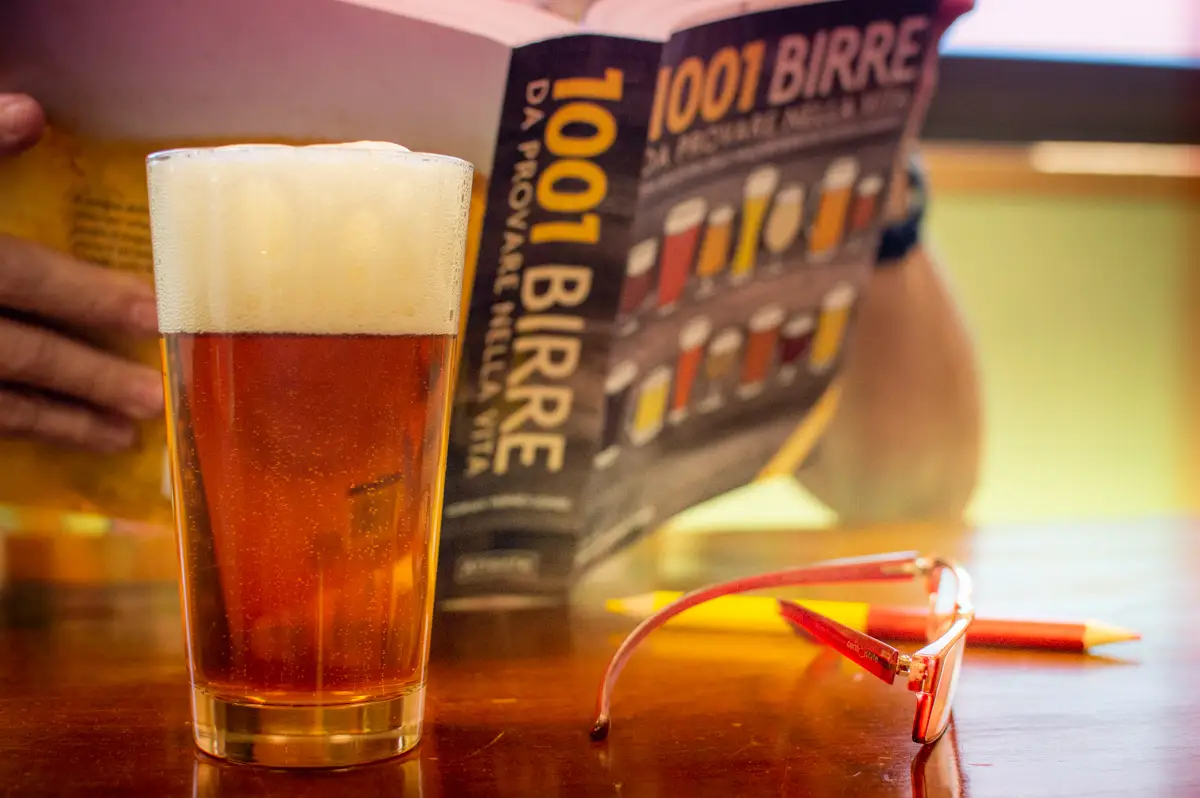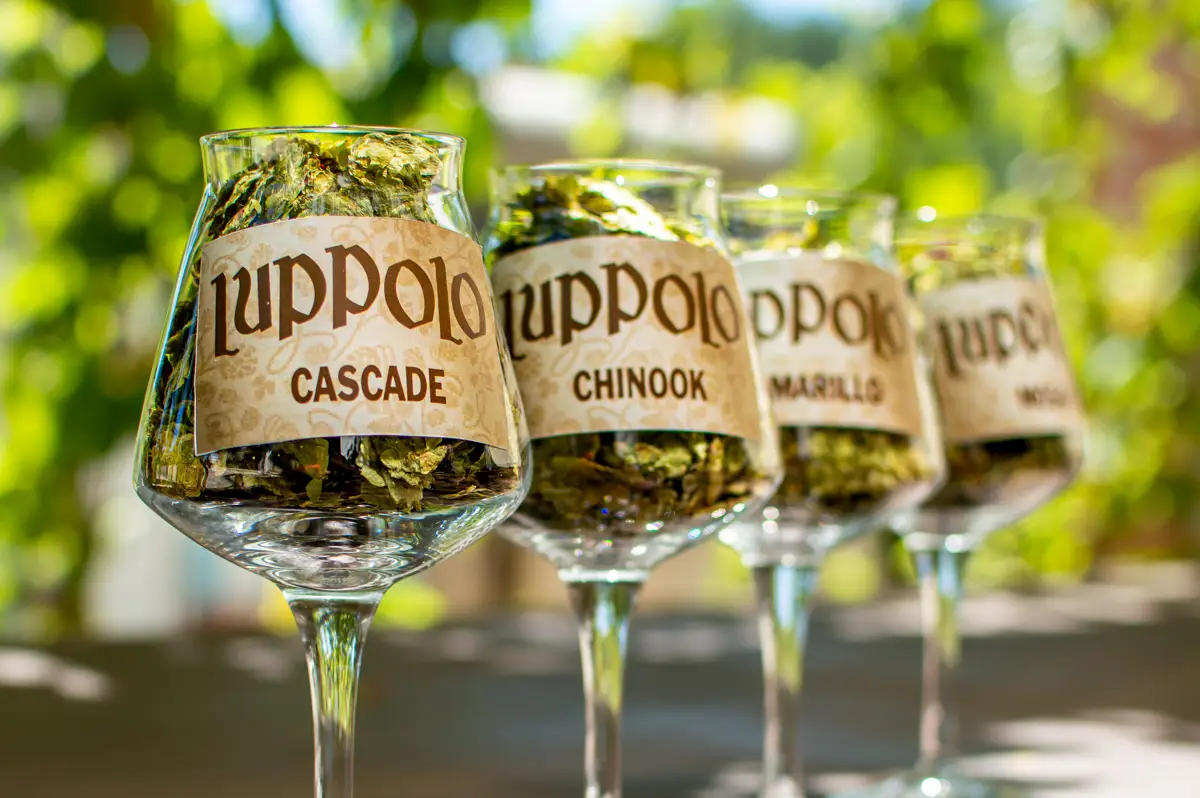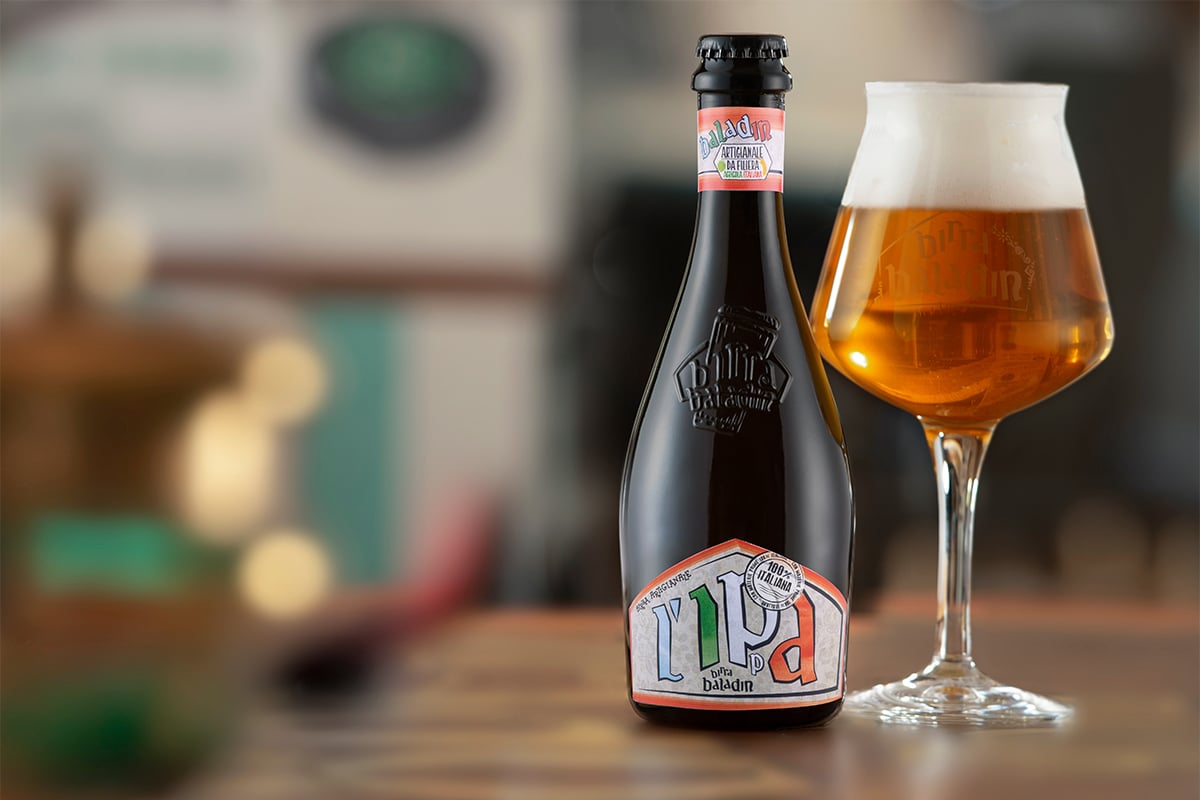What does IPA mean? Let’s find out its meaning

One of the many effects of the craft beer revolution has been the spreading of an acronym that is now know by all: IPA. Behind this short name hides one of the most influential styles of the last decades. Its almost legendary birth is part of the traditional British brewing culture, but we owe its recent rediscovery to American craft breweries. What does IPA mean, exactly? And why are beers under this category considered so important?
SUBSCRIBE TO BALADIN NEWSLETTER
IPA: what does it mean?
IPA is an acronym and should be pronounced as I-P-A. The three letters stand for India Pale Ale, which is the full name of the style. Each word needs an explanation. So, let’s start from... the end. Ale is a synonym for top fermented beer, a type of beer that traditional British breweries have always been experts in. In the United Kingdom, the term Ale also indicates the classic beers of the past, still made by many small independent brewers. Pale can be literally interpreted as “light colored”: Pale Ales started to appear in the 18th century thanks to the innovations introduced in the malting process and took their name because their amber color set them apart from the dark beers that dominated the market at the time. Pale Ales became increasingly popular, replacing Porters and becoming the typical everyday beers in the second half of the 19th century.
India Pale Ale: a little history
Finally, to explain the meaning of India, we need to look back at the trade relations during the British empire and the demand for goods coming from the colonies. One of the most important sea routes connected Britain to the Indies, where beer was one of the most sought after products from the motherland. In the 1780s, Hodgson - a London-based brewer - had already built a solid business around this demand. He had realized that some of his existing Pales Ales - hoppier and stronger than the usual ones - were particularly suited to long sea travels, and could reach the Indian colonies in decent conditions even after six weeks at sea. Hops are a powerful natural preservative and the high alcohol content helps preserve beer for longer.
A few years later, Hodgson’s son came into conflict with the East India Company, giving other breweries the chance to access the same market. The brewers in Burton-on-Trent - a small town in today's Staffordshire, celebrated at the time for the superb quality of its beer -, took the opportunity. Local breweries were aware of the good business opportunity, but had to change their brewing habits. They were renowned for the dark and sweet beers they exported to the Baltics, while the Indies were now demanding Hodgson's “pale” and bitter beers. They adapted their recipes to the Pale Ales from London and obtained even better results thanks to the greater attenuation of their beers, and the special water from Burton. Those specific versions of Pale Ales were called India Pale Ales (IPA).
The history of India Pale Ales would have been the history of a curious niche sub-style if, many decades later, the American craft beer revolution had not happened. To a large extent, the American brewing culture has developed from the rediscovery and reinterpretation of classic European styles. Right from the start, India Pale Ales played a key role: they soon became the signature style of the vibrant local movement and hops became the quintessential ingredient of this phenomenon.
IPAs today
The first American beer to use the name IPA was made by Yakima Brewing in 1982 with the recipe of Bert Grant, a great lover of hops who originally came from Scotland. Similar products had actually already started to appear a few years earlier and were made - like Grant’s IPA – with the new Cascade American hop variety, characterized by intense citrus and resinous notes. Although it has evolved over time, Liberty Ale by the Anchor brewery, launched in 1975, is considered the progenitor of America IPAs.
The rest is history. The popularity of American IPAs spread quickly: their bold and distinctive taste embodied the revolutionary message of American craft beer and met the taste of local consumers, who were looking for strong “experiences”. American IPAs soon became an international phenomenon and were reproduced by many breweries all over the world. The process gave rise to many sub-styles (Double IPA, West Coast IPA, New England IPA, etc.), and IPAs are still very successful after many years of extraordinary achievements.





